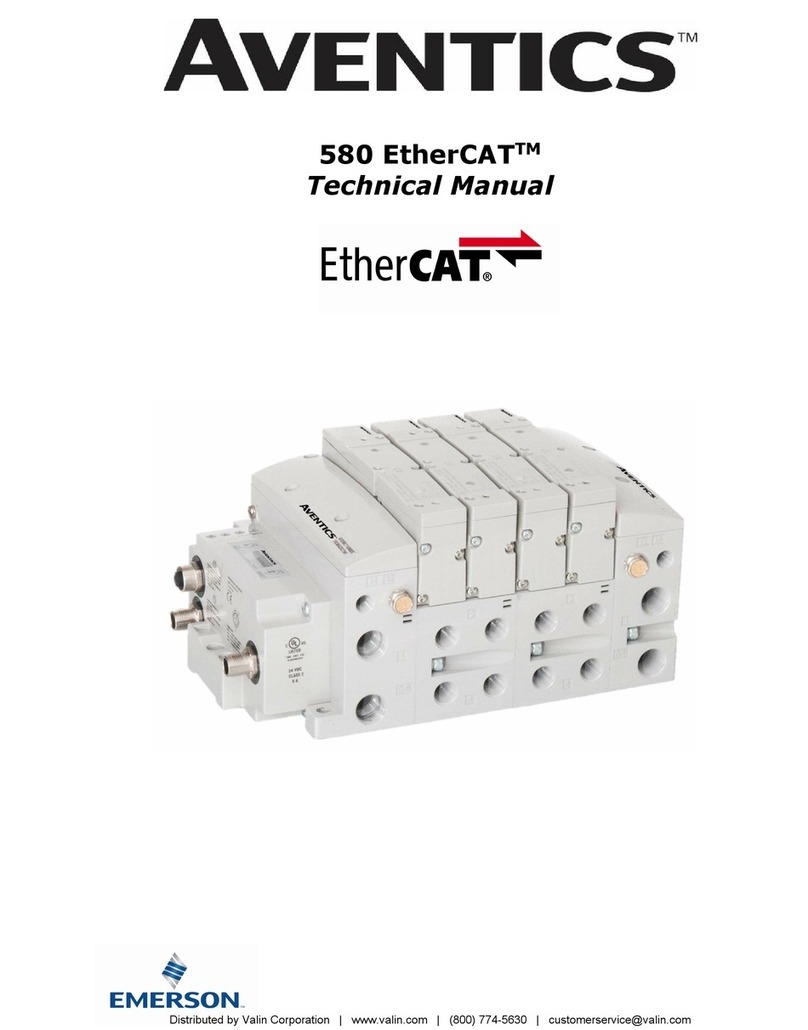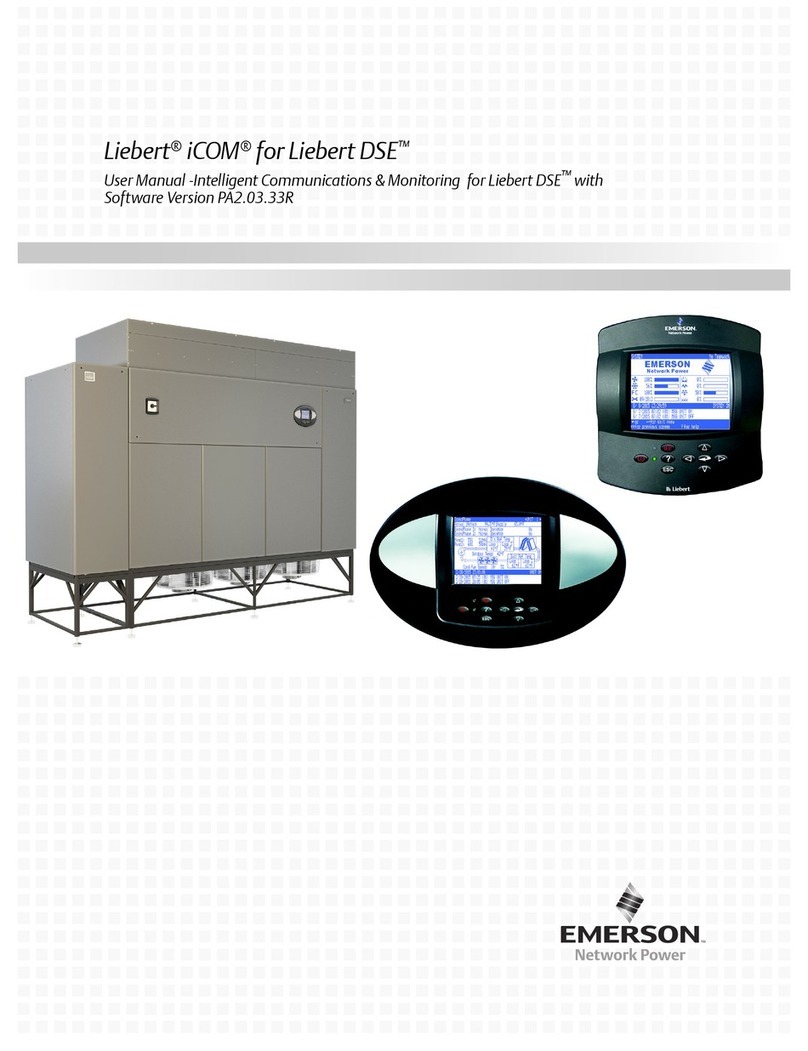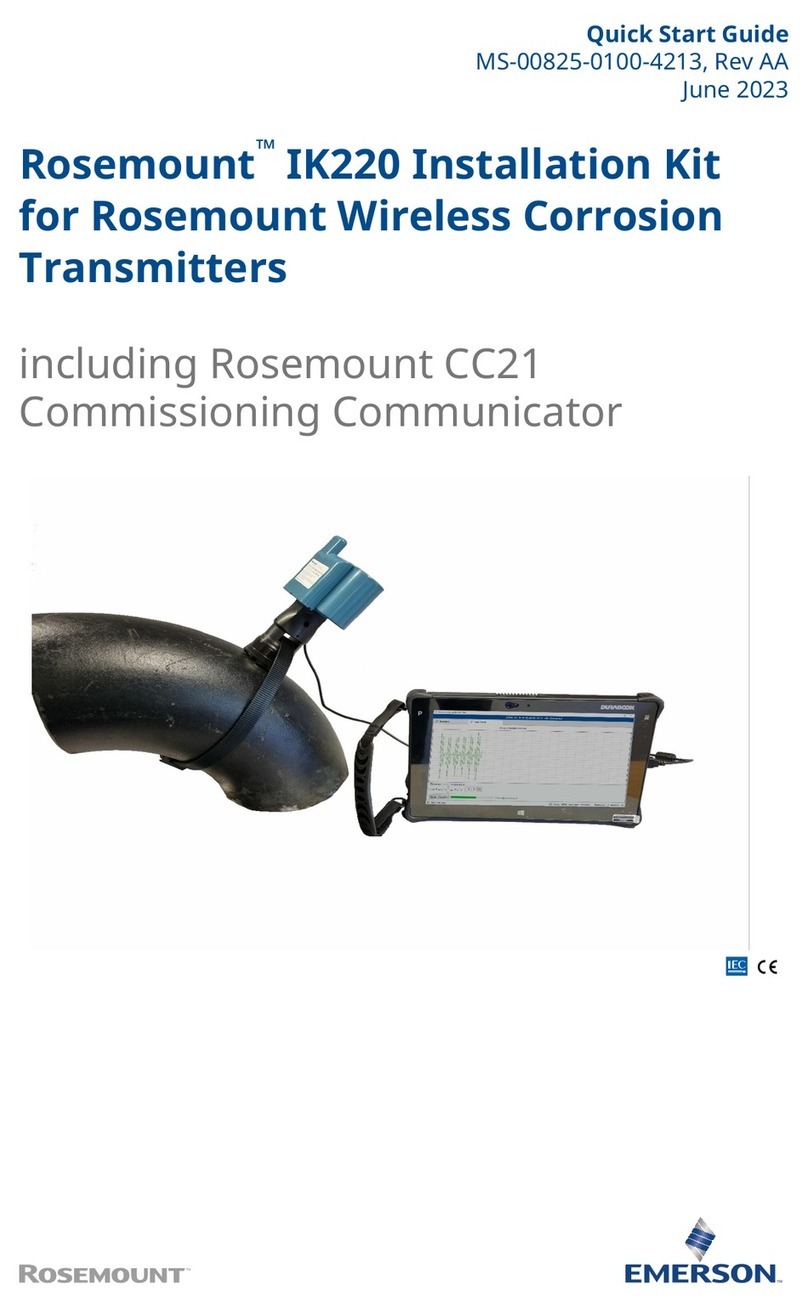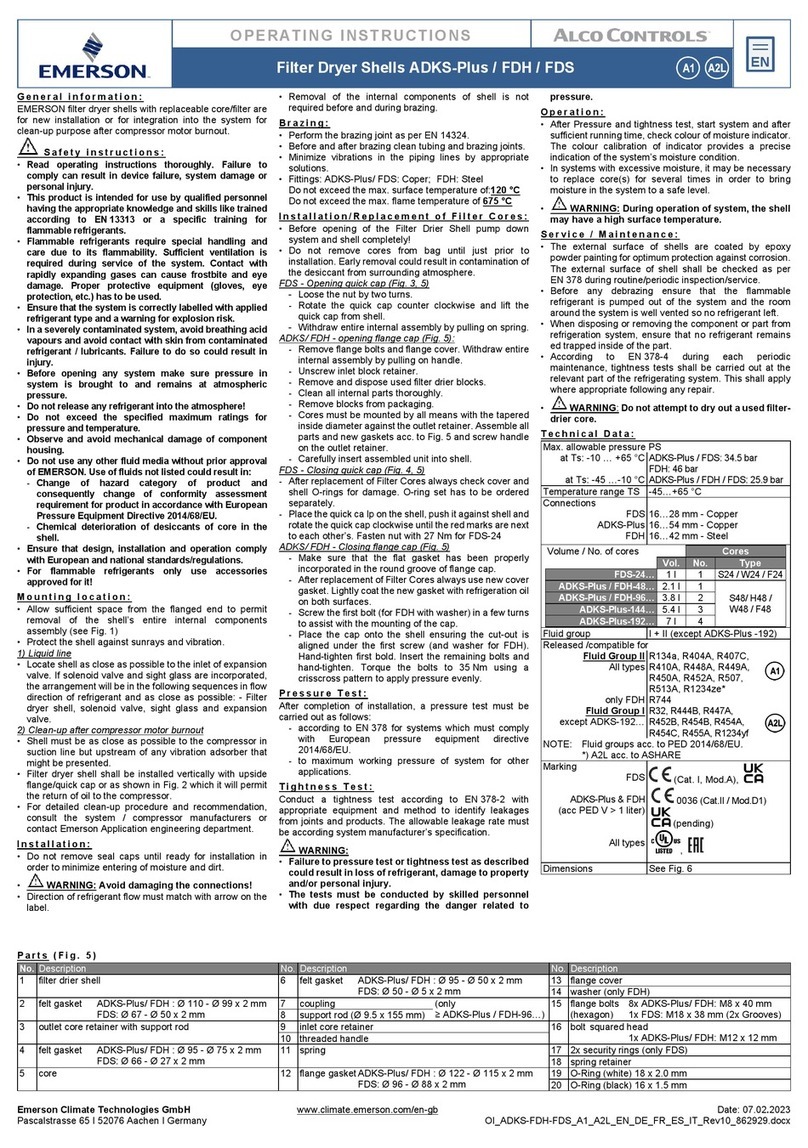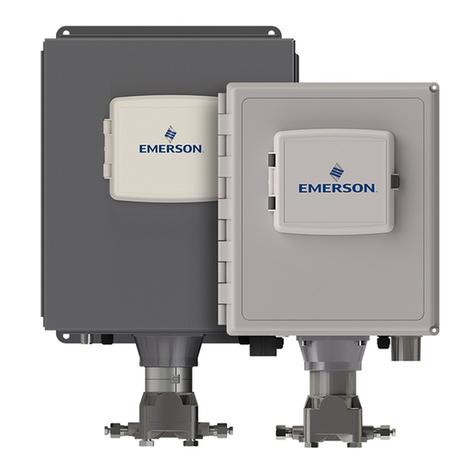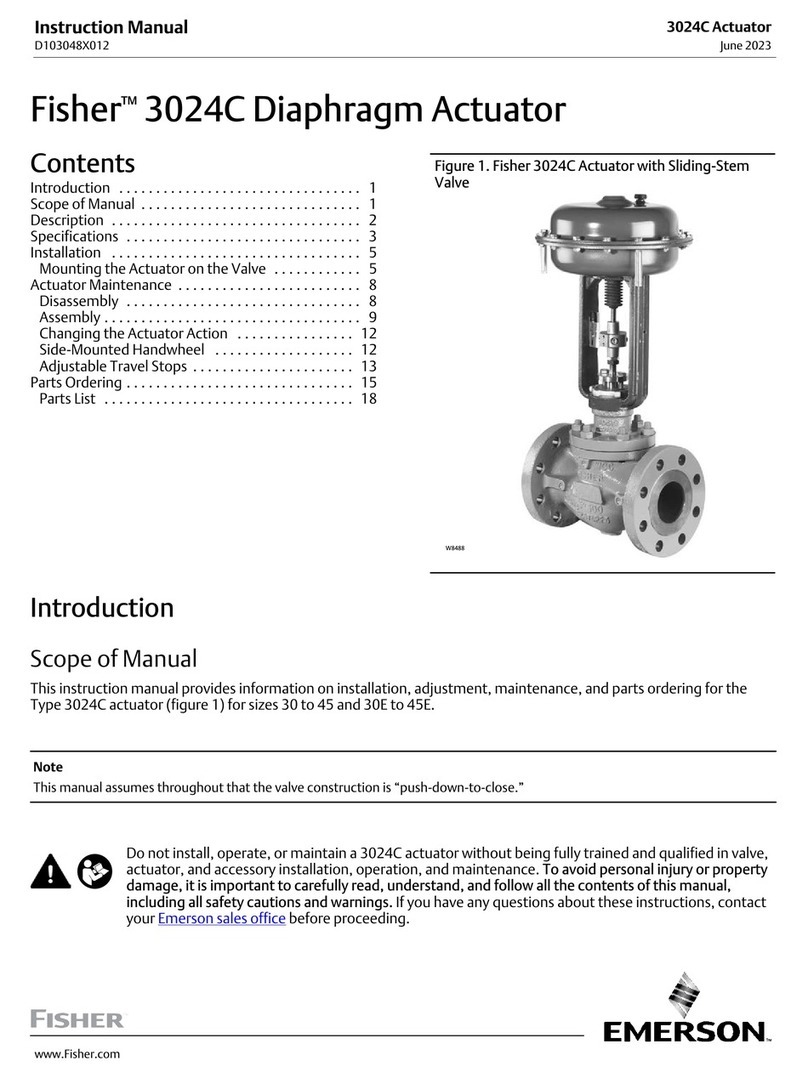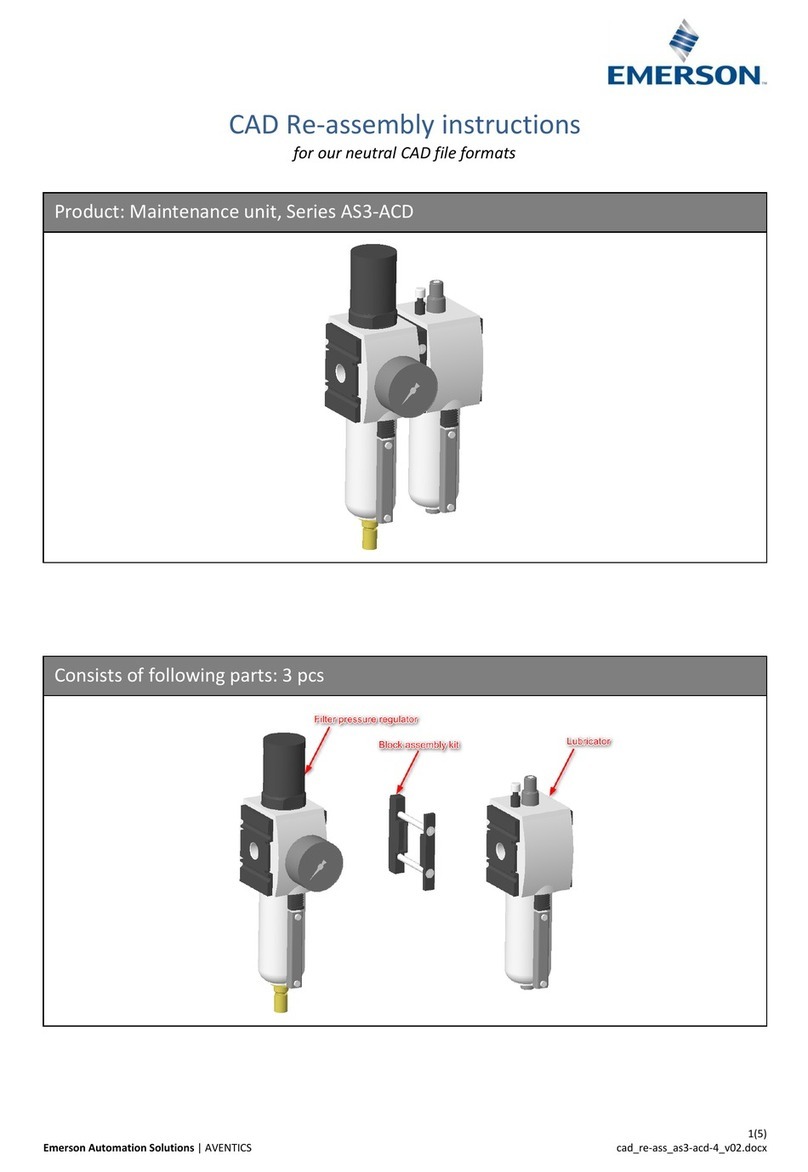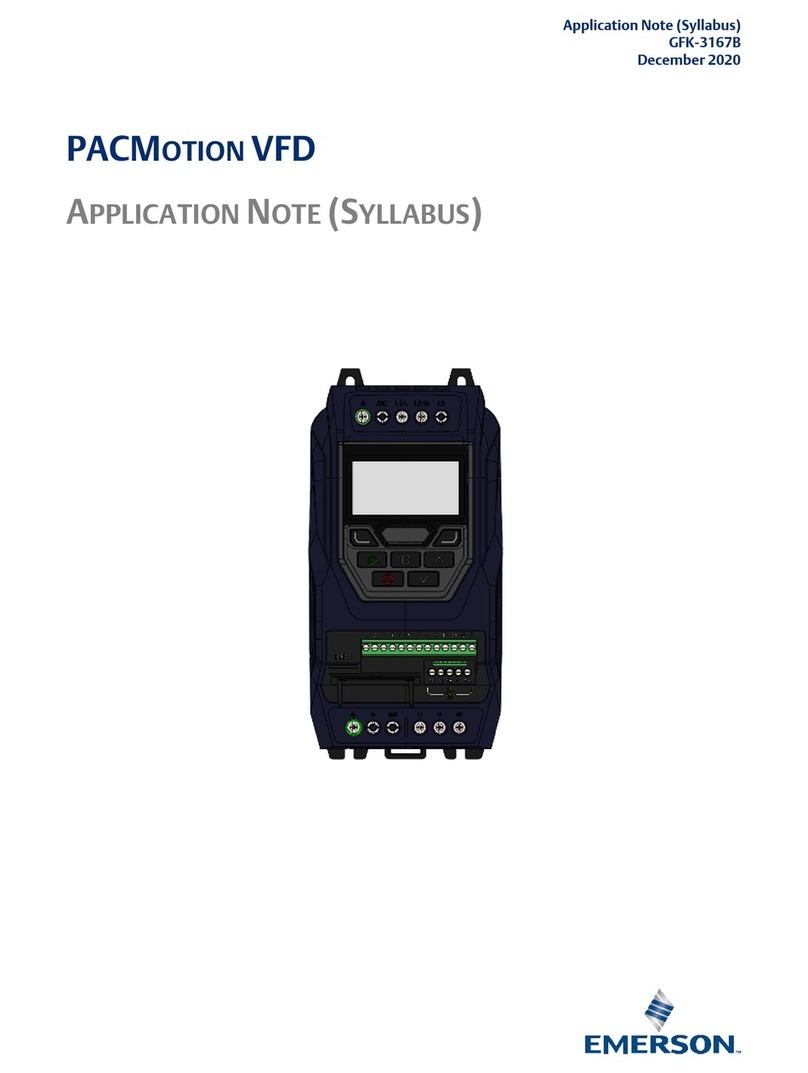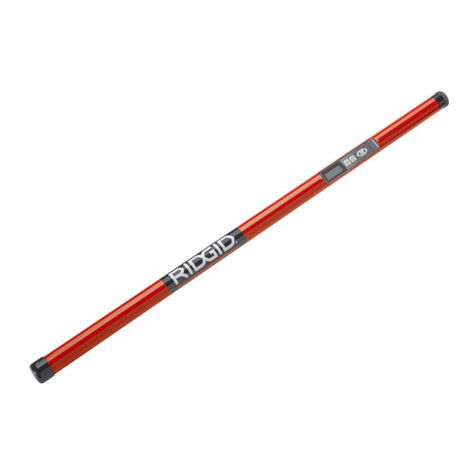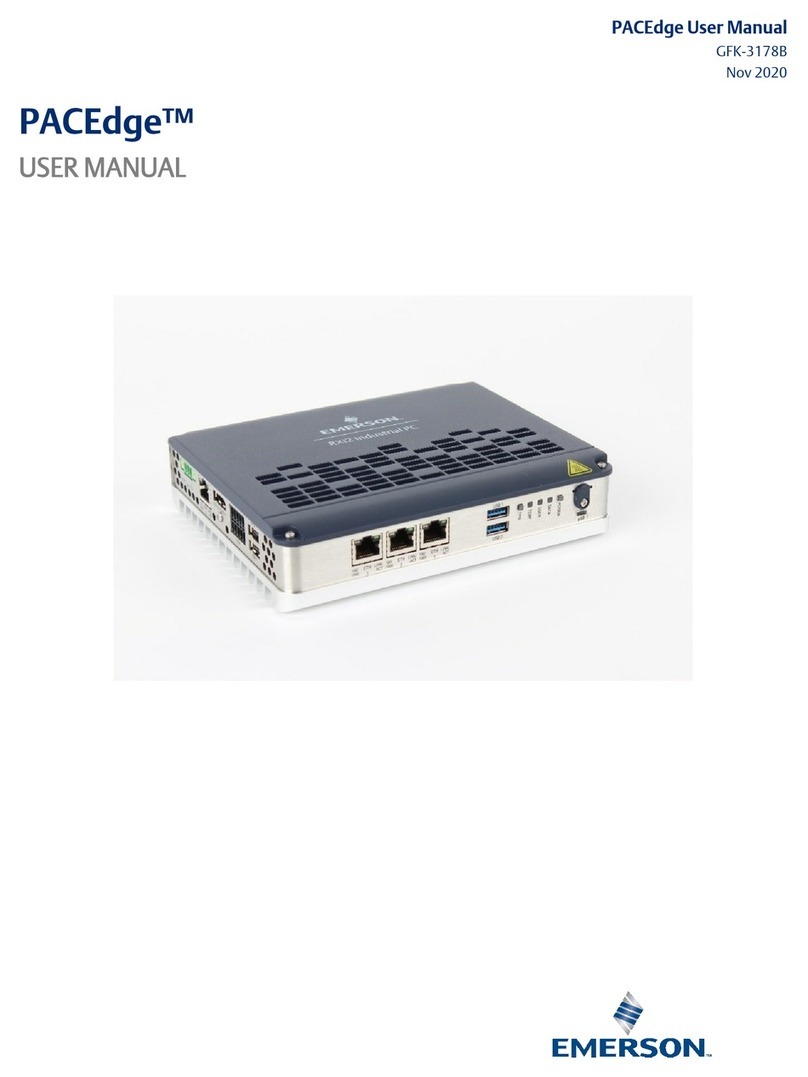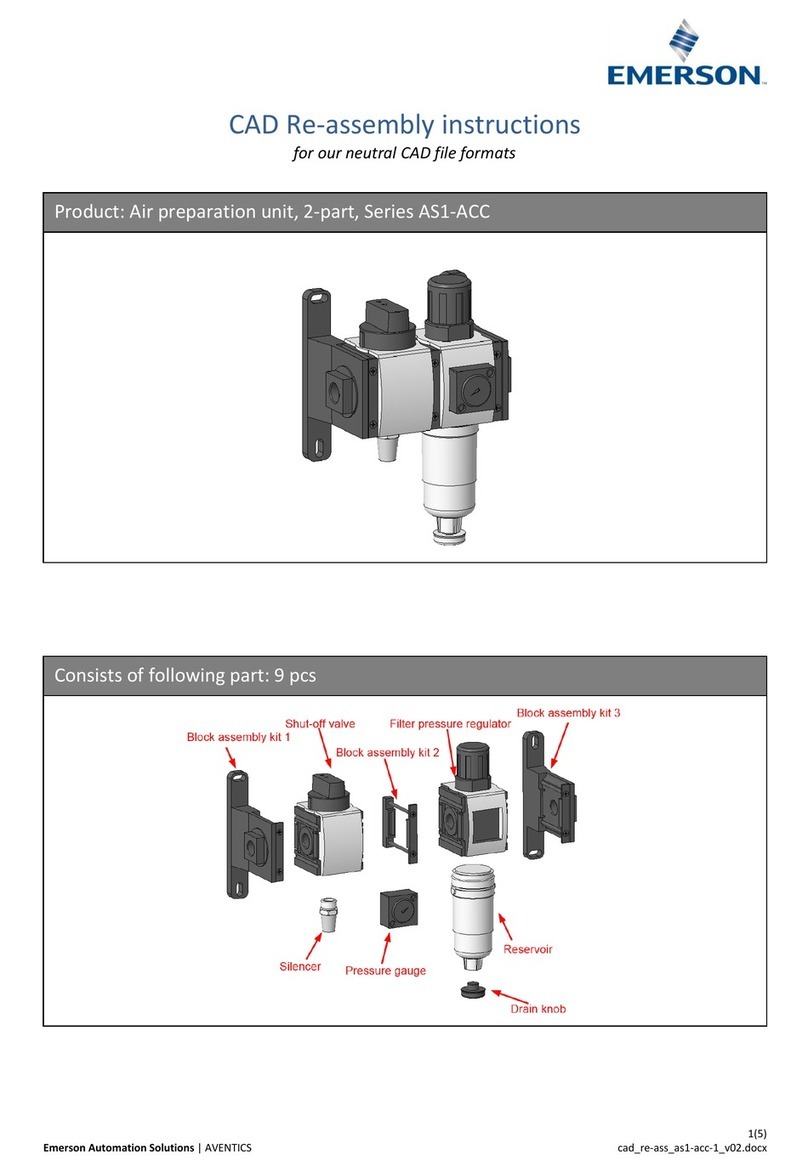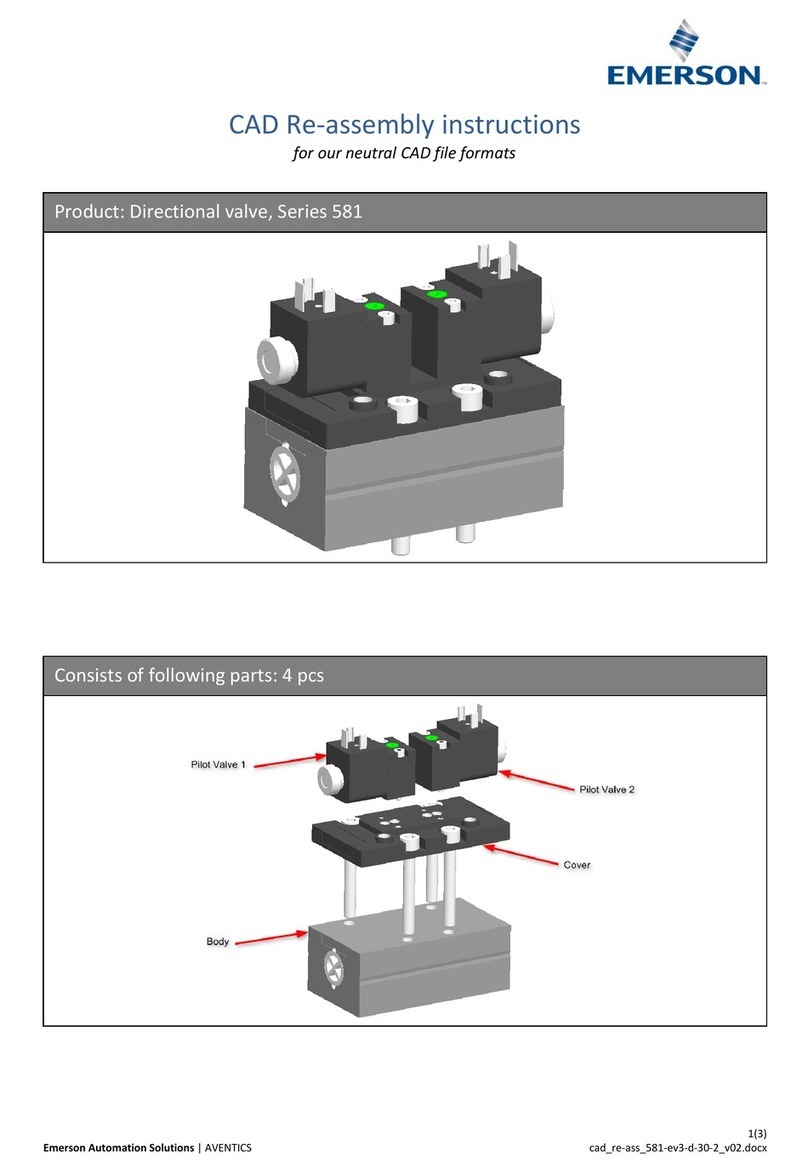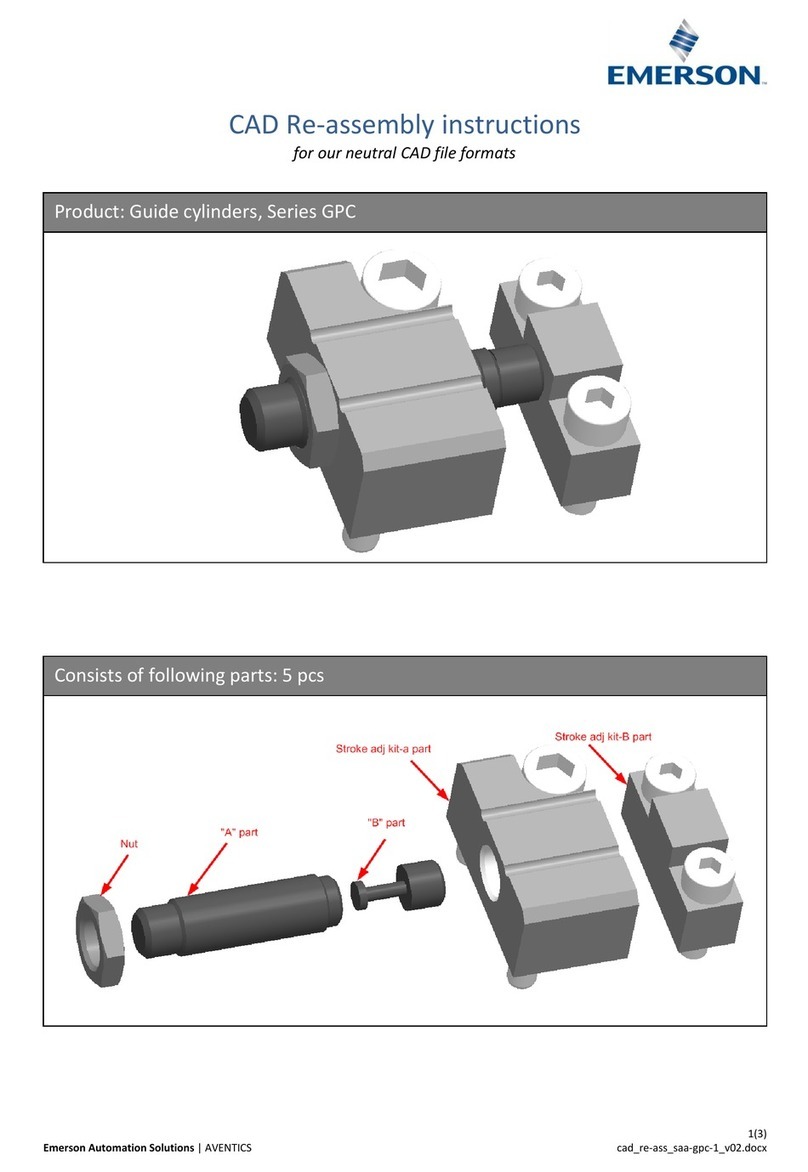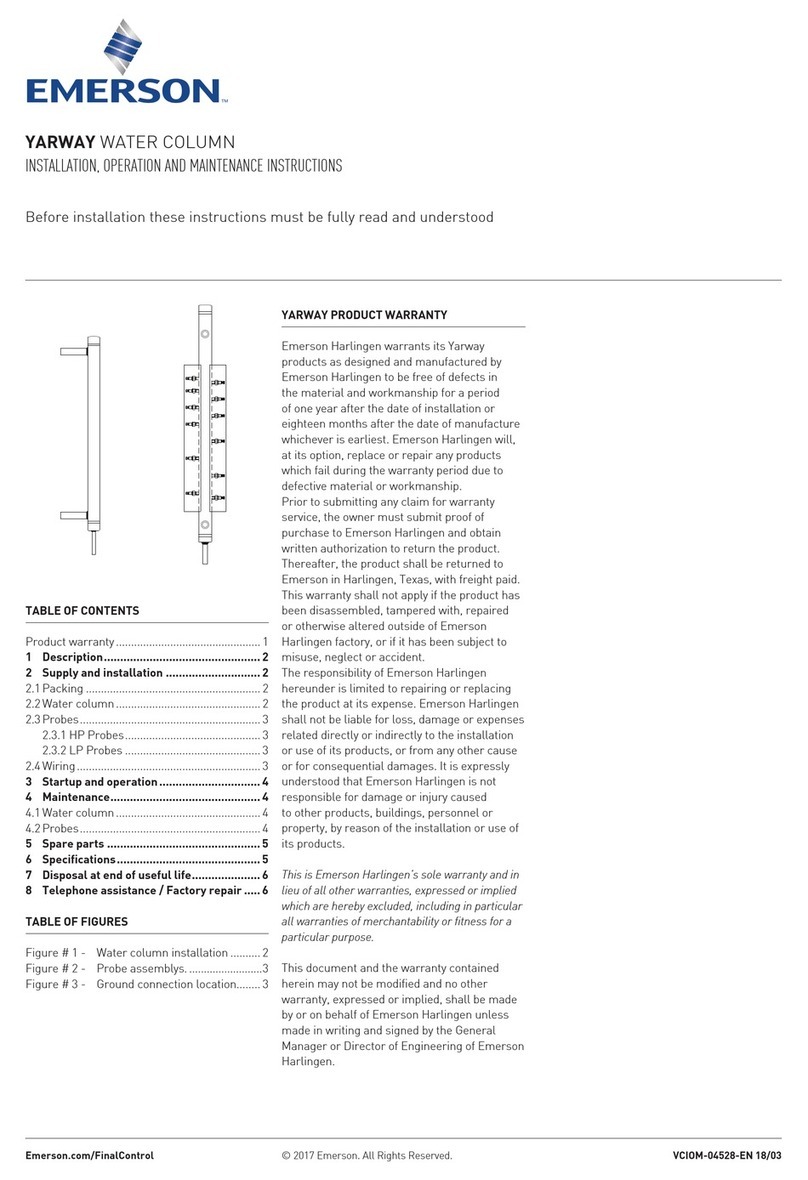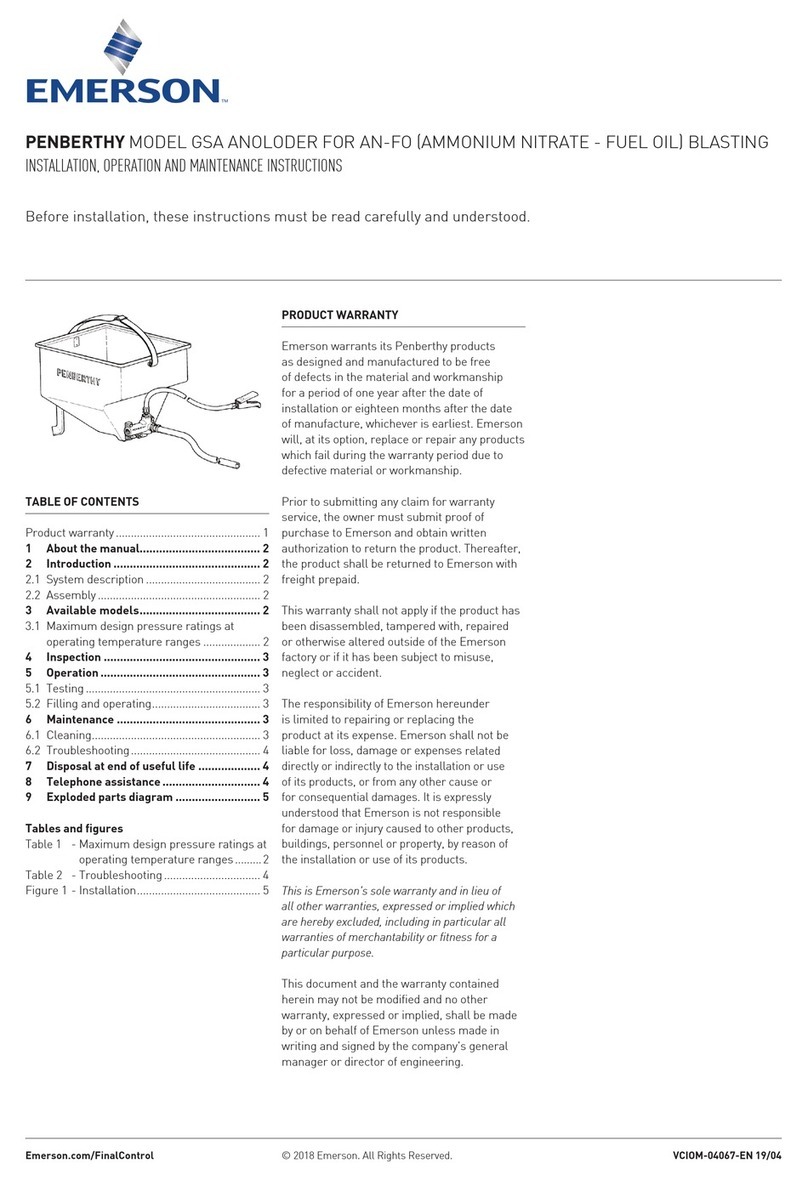
5
Technical Note
00840-1400-4801, Rev BB
Rosemount DP Level
April 2019
Rosemount DP Level
Tuned-System Assemblies can be directly mounted to the vessel without the need for additional
transmitter mounting hardware, and thus installation costs are often reduced by 20 percent by
eliminating this hardware as well as the unnecessary length of capillary on the high side of the
transmitter.
3.2 Limitations of Tuned-System Assemblies
While Tuned-System Assemblies are a proven and reliable technology, tall vessels and towers have posed
a significant measurement challenge. In particular, long vertical tap-to-tap distances require extended
lengths of capillary to facilitate the installation. As the tap-to-tap distance grows, the resulting head
pressures within the capillary become too great to “tune” out. For example, an installation that requires
15 m of capillary will experience as much as 383 mmH20 (37. 6 mbar) of measurement drift for a 28 °C
change in temperature. This is five times the capillary length of the Tuned-System Assembly cited in
Table 1 (above), but almost 10 times the measurement drift. Additionally, time-response can be
suboptimal on tall vessels and towers as the distance the pressure signal propagates through is
substantially greater. Overall, as the length of capillary attached to the transmitter low side increases, an
accurate measurement becomes increasingly more difficult to achieve.
4.0 Electronic Remote Sensor (ERS) technology
Electronic Remote Sensor technology solves many of the problems that are traditionally seen when
making a DP measurement on tall vessels or towers. Rather than using a single DP transmitter with
mechanical impulse piping or capillary, the Rosemount 3051S ERS System uses two direct mount gage
or absolute sensors that are connected with a non-proprietary electrical wire. One of the two sensors
calculates the DP and transmits it back to the host system/DCS using a standard two 4–20 mA HART
signal.
The unique digital architecture of the ERS enables many benefits when used on tall vessels and
distillation towers that traditional systems cannot achieve successfully.
4.1 Electronic remote sensors improve performance
Electronic Remote Sensors replace the long lengths of oil-filled capillary and impulse piping with an
electrical wire that is immune to temperature induced effect. This means the operating engineer will be
able to get an accurate measurement over a large range of ambient temperatures without fill-fluid
density or volume changes affecting the reading.
As stated, time response is suboptimal in traditional installations with long measurement spans. The
more capillary required, the longer it takes for a change in process conditions to traverse through the
capillary to the DP transmitter. The digital architecture of Electronic Remote Sensors improves time
response by removing the mechanical connections. As can be seen in Figure 6 on page 6, the time
response can become a critical issue with long lengths of capillary and impulse lines.
The Rosemount 3051S ERS System improves time response by more than 500 percent when compared
Table 1. Tuned-System Offers Improved Performance
28 °C ambient temperature
increase
Balanced system
(6 m capillary total)
Tuned-System Assembly
(3 m capillary total)
Temperature induced volume effects 0 mbar shift –4.2 mbar shift
Temperature induced density effects +9.0 mbar shift +9.0 mbar shift
Total error +4.8 mbar shift
Percent increase in performance 47% improvement

